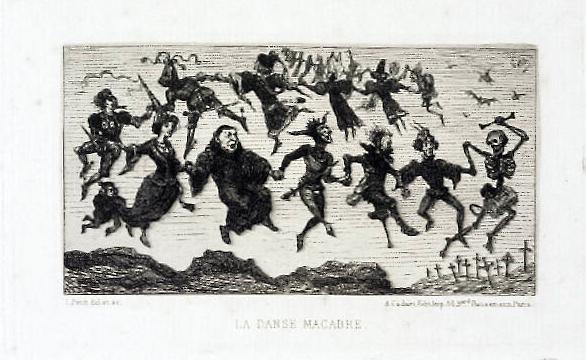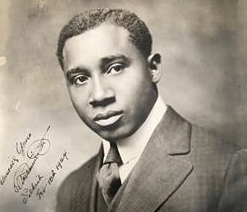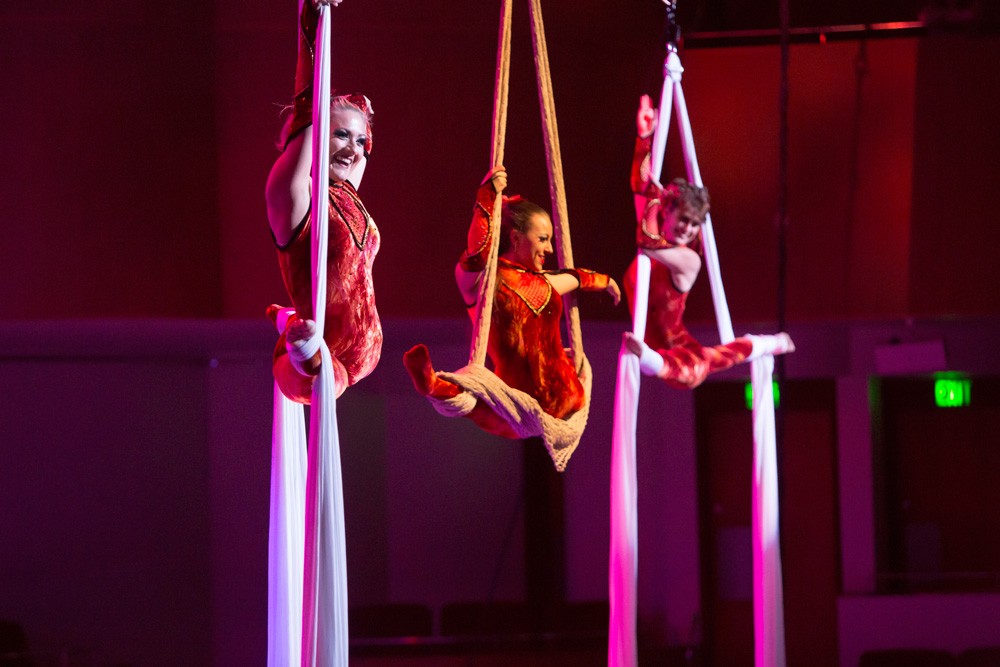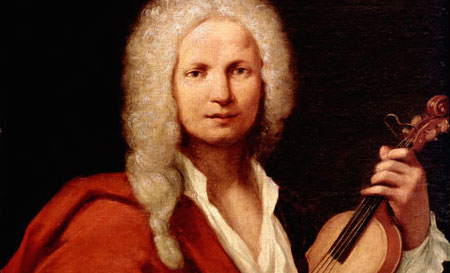Teddy Abrams & Steve Causey. Image: Louisville Orchestra
The Louisville Orchestra Virtual Edition Presents Classical Pairings: The Music of W.A. Mozart and John Adams
Teddy Abrams, conductor
A review by Annette Skaggs
Entire contents are copyright © 2021 by Annette Skaggs. All rights reserved.
If I may borrow from the storied motto of the United States Postal Service, “Neither snow nor rain nor heat nor gloom of night…” can also apply to the musicians and staff of our Louisville Orchestra, who despite a pandemic and less than favorable weather conditions, were able to provide its audience with a satisfying virtual concert from the stage of Paristown Hall this past February 13.
It began with Chamber Symphony by living composer John Adams, and Mr. Abrams observed that it is considered a modern masterpiece and one of the most challenging in the orchestral repertoire. Upon hearing it for the first time, I can understand why.
Teddy gleefully shared that he had the privilege of performing with Mr. Adams when he was but the tender age of twelve, so he’s had the enviable privilege of being exposed to his writing style from such an early age.
Influenced by notable composer Schoenberg, Adams also drew ideas and sounds from a less likely source: Looney Tunes cartoons. Yes, the same Looney Tunes that graced many a television set on Saturday mornings. Inspiration is an inspiration, right?
As to the difficulty of the piece, Teddy said that each person’s lines are important, and very rarely are there similarities within their parts.
The first movement, Mongrel Airs, begins within the winds, most notably the clarinet, introducing us to the unusual, yet contained melody that will then be interspersed among the other instruments, but in altered states. The bass acts as a sort of equalizer, keeping everyone in check with rhythm.
Aria with Walking Bass, the second movement, has a bit more symbiosis, but within the intertwining, there is definite individuality. Just when you become comfortable with the sounds of the second movement, the third and final movement, Roadrunner comes along and blam!
True to its title, the third movement hits the ground running in an almost breathless swath of musicality and surprises. One such surprise is an instrument that one does not typically hear within the context of a classical orchestra: a synthesizer. Not a keyboard in the key of the organ, but an honest to goodness synthesizer. What an interesting departure from the norm, perfect for the piece and expertly played.
Despite losing a day of rehearsals due to the weather, it was a testament to the skill and professionalism of this orchestra that this piece was played to its hilt. Teddy likened this score to be the K2 (the second-highest mountain peak after Mount Everest) of orchestral music. I think it safe to say that our Louisville Orchestra planted its flag at the top of the summit.
Taking a little break before the next selection, Mr. Abrams took some time to celebrate Mr. Steve Causey, who has been sharing his horn-playing expertise with the Orchestra for 50 years. Referring to Mr. Causey as an “artist citizen”, Teddy stated that having Steve’s institutional memory is an invaluable commodity and the orchestral family is all the better for it.
Upon the acceptance of his award, Mr. Causey shared that he began performing with the Louisville Orchestra when he was 17 years old which happened to be the same night that Aaron Copeland and Benny Goodman were there at the now-defunct Louisville Gardens performing Shostakovich’s 9th Symphony.
How lucky for us to have someone like Mr. Causey be able to offer up such talent and longevity. I hope that there are many more years to come.
To close out the evening, Mozart’s 39th Symphony in E-flat Major was a perfect foil to Adams’ Chamber Symphony. The pieces couldn’t be more different, yet are also alike in a strange and alluring way.
As an introduction to the Mozart, Mr. Abrams shared that selections from the second and fourth movements of this piece are widely used as an audition piece for strings. Having not picked up my viola in a number of years, much less auditioned as an instrumentalist, this intrigued me.
Adagio-Allegro, the first movement, begins with a blast of triumph from the horns that quickly dissolves into a gentle softness within the other instruments. Strewn throughout are variations of a theme that get tossed about but seem to come back to an arc of familiarity. In one section the winds are given a little independence but soon are brought back into the fold. Within this movement, the strings are light and elegant, almost romantic.
While the first movement was romantic, the second, Andante con moto, was tender. Beginning in the strings, the mood is quiet and subtle. You are lulled into a sense of calm and tranquility. But, don’t be fooled, just as you are comfortable, transitions and energy burst forth and tumble into the rest of the instrumentalists.
Skipping the third, we move to the fourth and final movement, Allegro. Prior to its start, Teddy gave a bit of a bounce of enthusiasm from his podium and the orchestra reacted with eyes wide and smiles evident even through their masks.
Although there is a bit of repetition and what is considered scale writing, the finale is just as exciting and full of nuance as the whole of the piece, with a dramatic surge in the middle and a satisfying end.
As I listened to this piece, having not been very familiar with it, I had to agree with what Mr. Abrams said about its use as an audition selection. Contained within those measures are challenging notations that are rife with personal interpretation, both for the instrumentalist and the conductor. If I may paraphrase what Teddy shared as it pertains to auditions and performing in general: “…great sound and rhythms and interpretations are the continued search to perfection in music.”
Upon hearing the Adams and Mozart side by side, I have a better appreciation of the challenge of getting to musical perfection. But, like with everything in life, such an achievement can be in the eye (or ear) of the beholder. Such is the wonder of music.
Bravi Tutti!!
The Louisville Orchestra Virtual Edition Presents: Classical Pairings: The Music of W.A. Mozart and John Adams
February 13, 2021
LINK TO LOUISVILLEORCHESTRA.VHX.TV
Louisville Orchestra
Louisvilleorchestra.org
Annette Skaggs is heavily involved as an Arts Advocate here in Louisville. She is a freelance professional opera singer who has performed throughout Europe and in St. Louis, Cincinnati, Boulder, Little Rock, Peoria, Chicago, New York and of course Louisville. Aside from her singing career, she has been a production assistant for Kentucky Opera, New York City Opera, and Northwestern University. Her knowledge and expertise have developed over the course of 25+ years’ experience in the classical arts.





